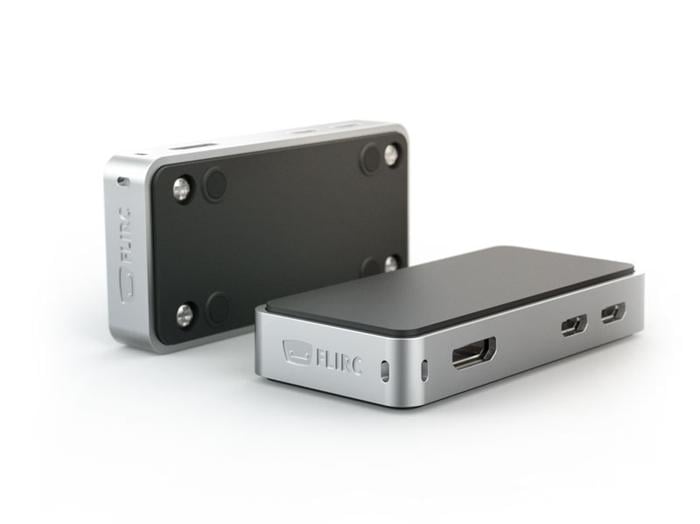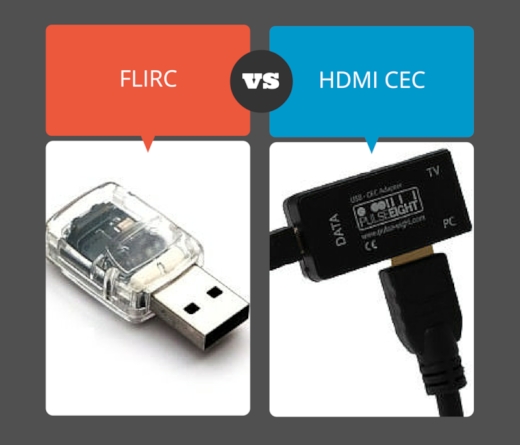

However, for Netflix in Chromium that binding results in scrolling the page, not moving the selection. Differing functions can be assigned to different modesįor Kodi, having (keyboard) arrow keys mapped to (remote) directions is useful for navigation.

So we can switch modes and bind the same button on the remote to multiple actions.
#Flirc instructions tv#
However, in the other modes - DVD, cable, SB, VCR - the TV ignores the remote. In ‘TV’ mode, the remote operates the TV. For what we are doing, this remote has a very useful feature: it can also control other devices: I swear the remote doesn’t look that dusty in person To go with my venerable plasma TV I have the Samsung BN59-00611A remote.
#Flirc instructions full#
This lets us switch between Kodi and Netflix! Example mapping of a remote to the ‘simple’ controller in FLIRCįLIRC has several ‘controllers’ with useful keys - eg Kodi keys, full keyboard, media keys - and it is useful to know that you can map buttons on a remote across ‘controllers’.įor example, you could map the directional buttons on the remote in the example image above, change the layout in FLIRC to ‘media keys’ and map rewind, stop, play/pause and forward to their media key equivalents. Key combinations can also be mapped, for example to map alt+tab, click the alt key, then tab, then press the button you want on the remote. The configuration program is pretty simple: select a controller, click the key you want to map, then press the button on the remote you want to operate that key. The green face in the bottom should confirm you are connected, and you may be prompted for a firmware update. To set up a remote, connect the FLIRC USB device to a PC, and run their application ( Flirc gets the GUI version, flirc_util is the non-interactive console application). I already had a few FLIRC remotes from way back when, one of which was already configured for use with Kodi. LIRC can do transmission and reception, but we’ll leave that for now.

A long-standing project exists for Linux called LIRC, and the similarity in the names belie a similar purpose. To put it another way: it’s like having a keyboard key pressed for you when you press a button on a TV remote. Here’s an unnecessarily-annotated illustration of the FLIRC device. If you’re unfamiliar with FLIRC, it is basically a device for translating infrared signals to USB inputs. We’ll deal with basic setup of FLIRC here and leave the scripts and keybindings till next time, as we can achieve a lot with FLIRC alone.

With these we can achieve a good ‘ten foot’ user experience using a remote. Enter FLIRC! This lets us do some real magic using a combination of: We can alt+tab using a plugged in or wireless keyboard (I have a mini wireless keyboard for such occasions).īut really, the user-friendly approach is to use a remote with a TV. The preceding parts get us to a useful state: we turn on the Wyse 3040, and it starts up Kodi and Netflix. Interested in more info on the Wyse 3040? ParkyTowers has a treasure trove of info on the hardware, disassembly, firmware, installing Tin圜ore Linux, and some further reading. Now we need to do a bit of polishing around the edges to give a decent user experience. We also installed Openbox to provide a window manager. The OS, Arch Linux, has been installed along with media applications Kodi and Chromium (to give us Netflix). We’ve been putting together an HTPC using a Dell Wyse 3040 thin client PC.


 0 kommentar(er)
0 kommentar(er)
